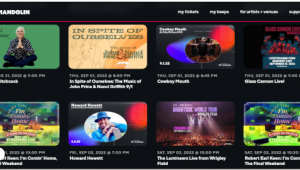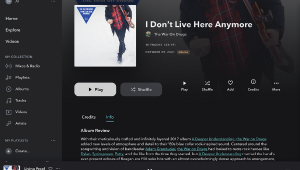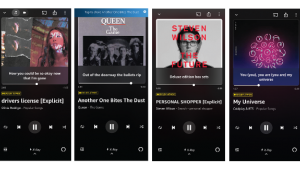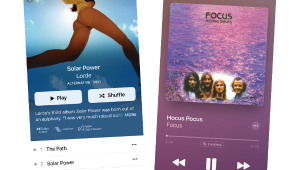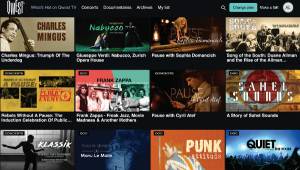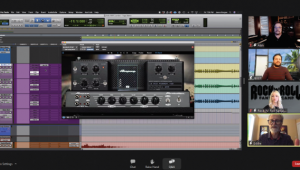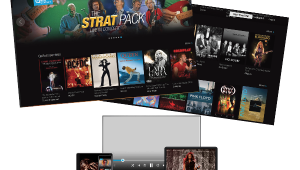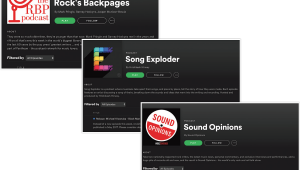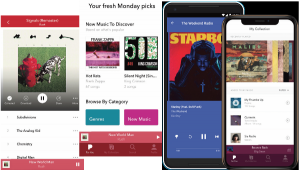Qobuz Redux
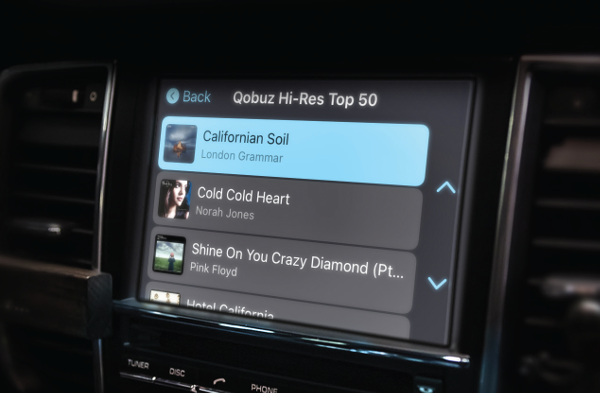
I’m happy to report the platform has only gotten stronger and deeper in terms of content and presentation in the interim. As of this writing, the Qobuz hi-res catalog has increased to house 185,000 albums — up 15,000 albums since my last eval — and the service boasts 70 million tracks overall, almost double from before. True, a good portion of this burgeoning track total is only available at 16-bit/44.1kHz (CD quality), but more is always better, imo.
The pricing tiers are more consumer-friendly, with the full-access Studio Premier level at $12.99/month (or $129.99/year), and Studio Premier Family at $19.99/month ($199.99/year, including up to six members). Additionally, the Studio Sublime level (featuring up to a 60 percent discount on hi-res download purchases) is $15.99/month ($179.99/year) for an individual, and Studio Sublime Family is $29.17/month ($349.99/year). The free trial period is one month, sans obligation.
The Qobuz Web Player is optimized for Chrome; ditto the app for iOS and Android usage. Two new features make Qobuz ever more user-friendly. My Weekly Q is a personalized playlist tailored to highlighting musical discoveries based on similar listener profiles — so, every Friday, I expect to see a score of new and vintage prog options in mine. Then there’s Apple CarPlay support, which enables iOS users to listen to their Qobuz-downloaded library in offline mode as well as access it online from their vehicle’s integrated screen.

In today’s listen-wherever-you-are universe, flexibility is key, and I appreciated staying hi-res audio-centric no matter how I cued things up, whether via my HP laptop, on my iPhone, in my Ford Escape, or streamed through my home theater hub. Naturally, I completely eschewed clicking on anything available at 16/44.1, listening only to 24-bit music options across the board.
Since I already had a few of my previous Playlists pre-loaded, I went directly to “Hi-Res Masters: Psychedelic Rock” to refresh myself with many of the 60 tracks listed therein. I soon found Quicksilver Messenger Service’s mournful “Pride of Man” (at 24/192) and Gong’s plaintive, ethereal “Tried So Hard” (24/96). Both were just as hi-res head-trippy as I wanted — and needed. Next, I zipped on over to Love for Sale, the latest collaboration between Tony Bennett & Lady Gaga, and scrolled down to “You’re the Top” (24/96). Bennett remains a national treasure at age 95, and Lady Gaga’s still underrated range complements him oh-so-beautifully here. The dynamic duo trade off singing leads on the cheeky verses until 1:11, when the distinct character of their enmeshed vocal blend on “But baby, if I’m the bottom / You’re the top” is truly something to behold, let alone at a quality level you’ll only hear once in a blue moon. That said, when I listened to Elton John & Dua Lipa’s intuitive interplay on “Cold Heart (Acoustic)” (24/48), it sure gave Bennett & Gaga a run for their milk money.
Of course, I didn’t find everything I wanted to hear from Qobuz in hi-res, such as the entire Dire Straits catalog — well, at least not yet. As alluded to earlier, Qobuz continues to make good on its longstanding promise to update basic-res to hi-res whenever possible. During my initial Qobuz eval, Steven Wilson’s stunning 2013 benchmark The Raven That Refused to Sing (and other stories) was only available via lowly 16/44.1 — hence, I never bothered to play it. But now, Qobuz has The Raven in hand in its full 24/96 glory, meaning I can finally enjoy two of my all-time favorite SW tracks — the 12-minute-long multi-movement maestro-piece “Luminol” and the forever-haunting title cut — in the top-shelf way they’re meant to be heard in their stereo incarnations. I’ve since found more hi-res updates of things I’d long ago banked in various Playlists and Favorites, so mega-kudos to Qobuz for following through on practicing what they preach.
Time may indeed fly, but Qobuz has spread its hi-res wings in a most magnificent fashion. Long may it buzz.
THE AUTHOR
Mike Mettler, a.k.a. The SoundBard, is the music editor of Sound & Vision.
